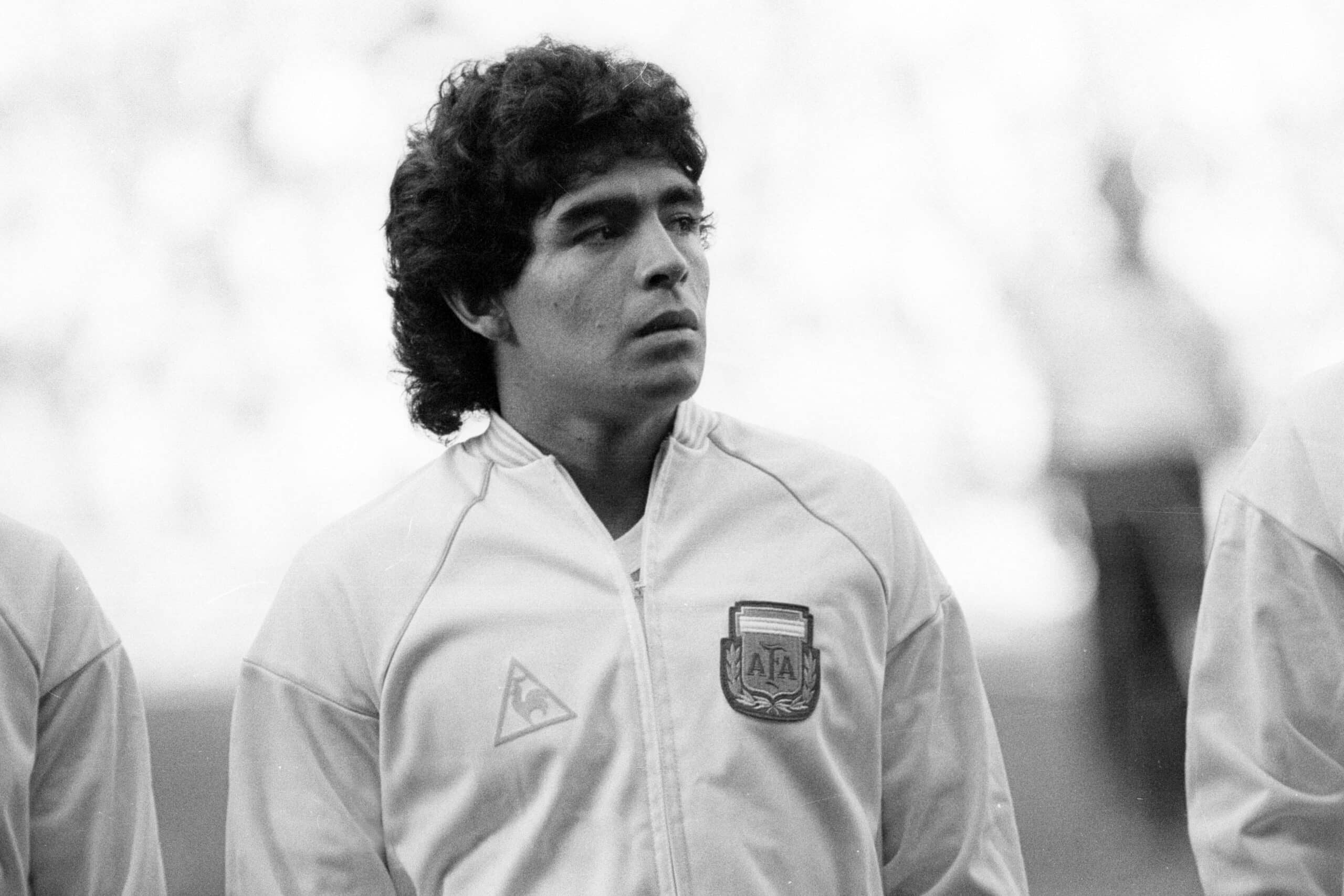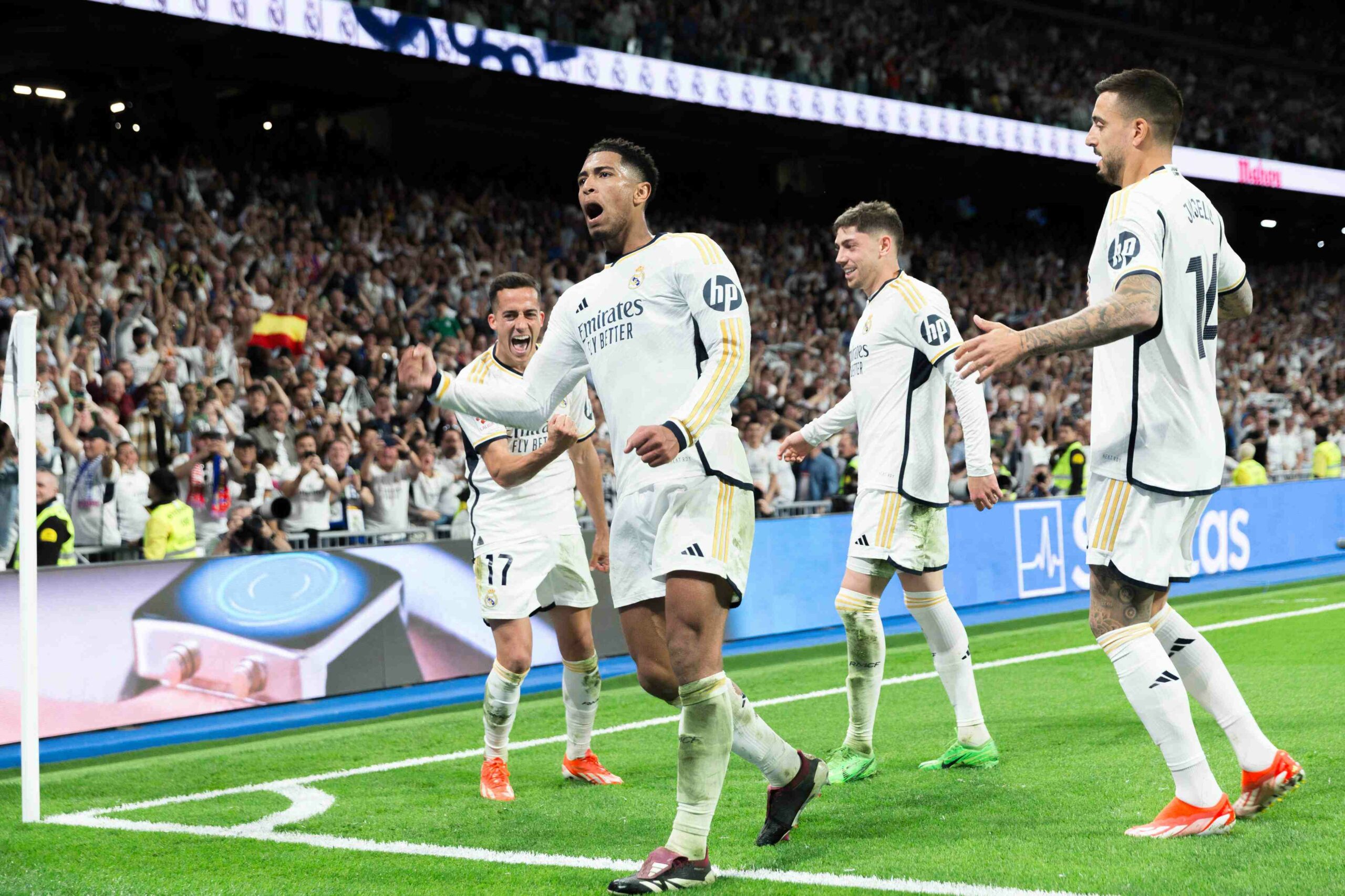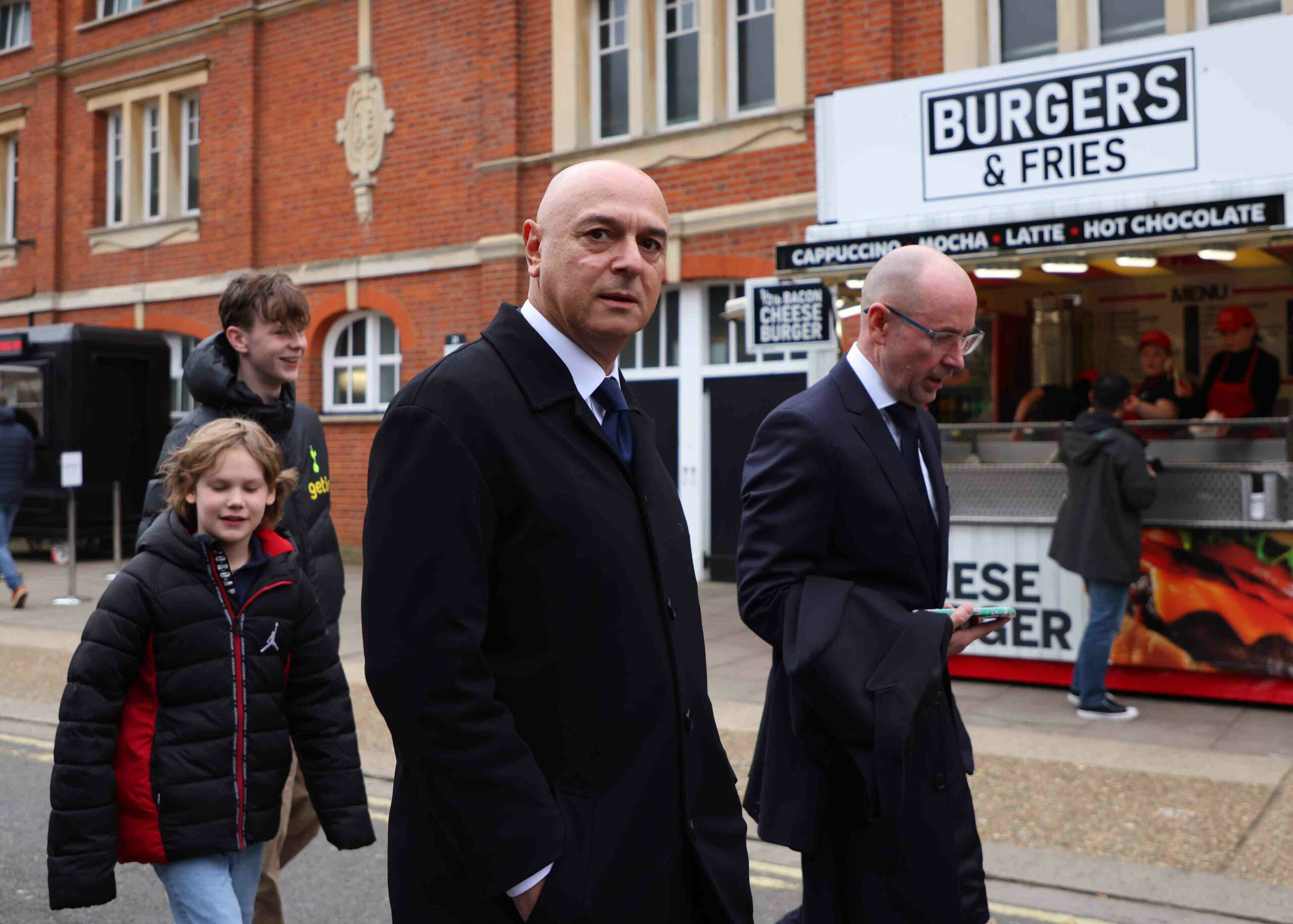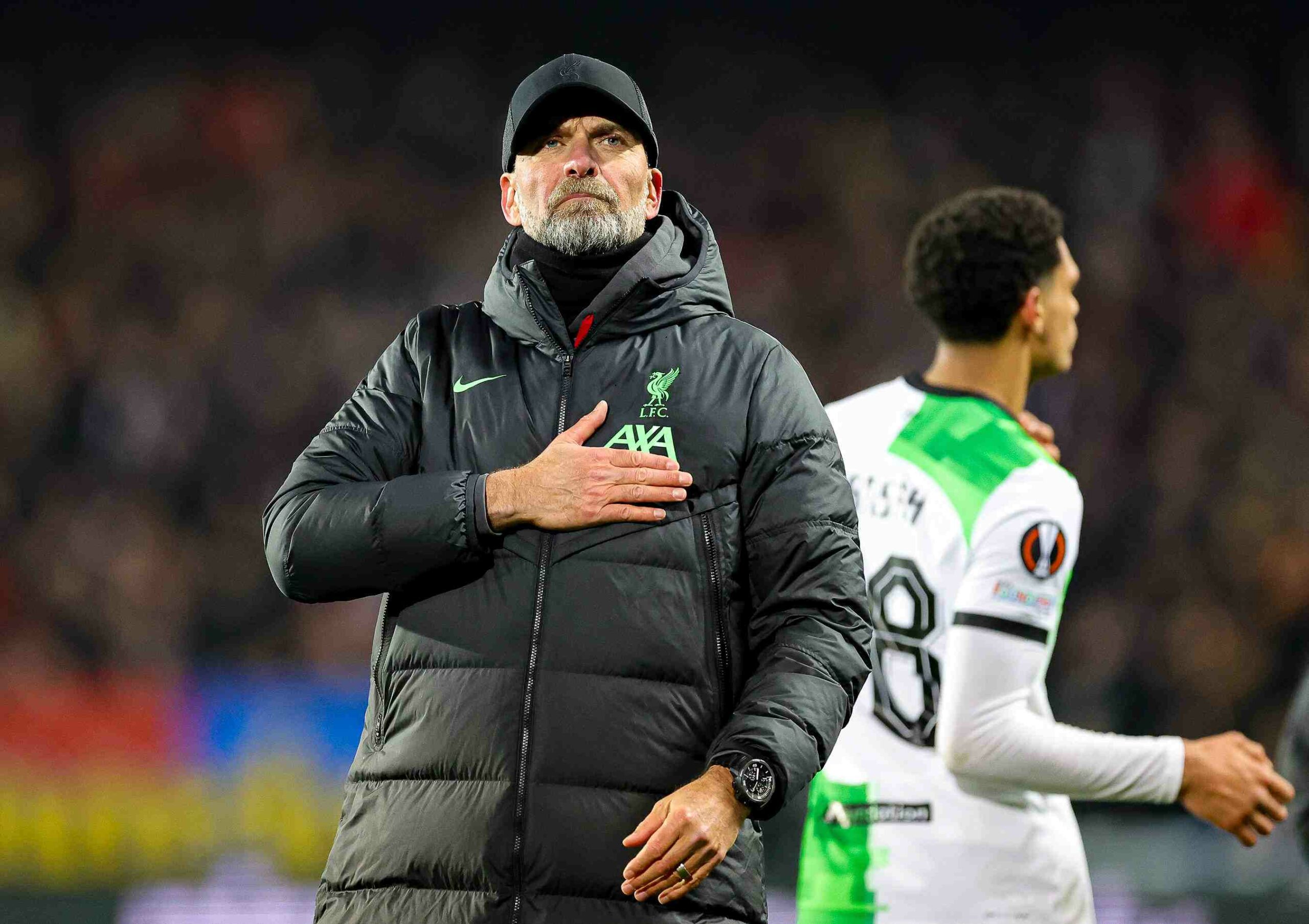The Rise and Fall of Diego Maradona: A Look at the Legendary Career of the Argentine Football Icon (1976 to 1998)
Unquestionably one of the finest playmakers to have played the game, Diego Armando Maradona’s 21-year playing career was filled with as much controversy as remarkable quality.
Usually described as a classic “number 10”, Maradona thrived when given a free role in the space between midfield and the centre forwards. His ability to find space, low centre of gravity and dribbling made him an elusive player for opposing teams to try and mark. This, combined with his vision, passing ability and creativity, set him apart from his peers.
Although only 5’5” tall, Maradona’s bullish stature made him almost impossible to outmuscle, particularly when he was in full flow with the ball seemingly tied to the laces of his left boot. His low centre of gravity meant he could change direction at speed, tying opponents in knots.
Maradona’s best years came between 1985 and 1990 when he played for Napoli in Italy and excelled for Argentina on the international stage.
His goals at the World Cup of 1986, firstly against England, where he slalomed his way effortlessly beyond several challenges before dummying Peter Shilton, the England goalkeeper, and slotting into an empty net, and then his two goals against Belgium, illustrate Maradona’s combination of skill, strength and all-round genius.
Maradona’s game went so much deeper than simple individual genius. He is one of the greatest all-around attacking players the game has ever seen. Indeed, his greatest strength was arguably the footballing intelligence that allowed him to find pockets of space to operate and create space for teammates to work in.
Technically, Maradona was unmatched. He had a silky soft first touch that allowed him to gather the ball and use his strength or low centre of gravity to operate in tight spaces. He could hold the ball up as well as a 6’5” target man and wait for support or use his impish skills to wriggle away from his marker and find space.
Maradona’s Honours
Diego Maradona was at the fulcrum of success for club and country, notably between 1986 and 1990.
He was plying his trade with Napoli in Serie A at this stage. After 75,000 supporters had greeted his signing in Naples, he transformed the club’s fortunes on the pitch. After leading them to their first ever Scudetto in 1986-87, he repeated the trick in 1989-90 while also helping Napoli to the Coppa Italia and UEFA Cup.
Meanwhile, on the international stage, Maradona played a crucial role in Argentina’s success at the 1986 FIFA World Cup, contributing five goals, countless assists and comprehensively sweeping the vote for the “Best Player” award.
Four years later, at Italia ’90, he scored the penalty that knocked the hosts out in the semi-final, played in Naples, and was central to their run to the final, despite not scoring a goal outside of shoot-outs.
In addition to his success with Napoli and Argentina, he won the Argentine Premier Division with Boca Juniors and the Copa del Rey with Barcelona.
Maradona won the Ballon d’Or twice, in 1986 and 1990, and was named FIFA Player of the Century in 2000. On top of those awards, he was named Argentine Player of the Year four times, South American Footballer of the Year six times, and the Serie A Player of the Year in 1985.
What is Diego Maradona famous for? The "hand of god" story
The “hand of god” story refers to a famous moment in the 1986 World Cup quarter-final match between Argentina and England. During the match, Maradona, who was the captain of the Argentine national team, scored a goal using his hand. He later claimed that the goal was scored “a little with the head of Maradona and a little with the hand of god.”
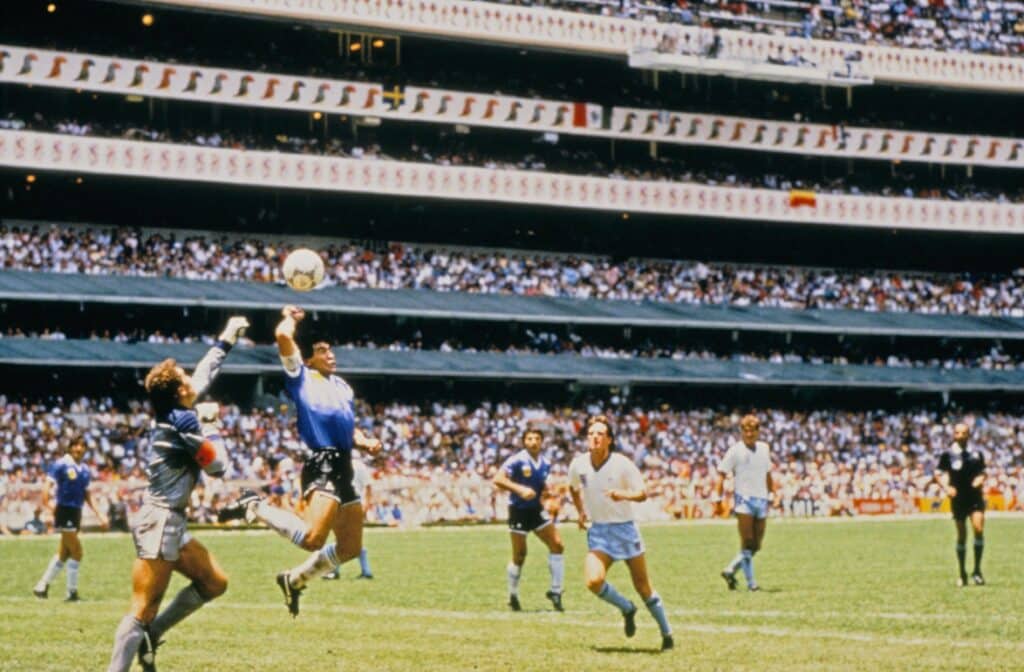
FIFA World Cup 1986, Argentina vs England quarter. Diego Maradona scores with a a which later been described by the media as “the hand of god” (source: Imago)
The goal, which is considered one of the most controversial in World Cup history, occurred in the 51st minute of the match. Maradona received a pass near the centre of the field and then dribbled past several English defenders before reaching the goal. As he approached the goal, Maradona used his left hand to punch the ball into the net.
The referee initially allowed the goal, and Maradona later claimed that the handball was unintentional. However, replays clearly showed that Maradona had used his hand to score the goal, and the goal was subsequently dubbed the “hand of god” goal by the media.
Despite the controversy surrounding the goal, Maradona went on to lead Argentina to victory in the 1986 World Cup.
Diego Armando Maradona downfall
Diego Armando Maradona’s downfall began in the late 1980s and early 1990s as he struggled with addiction and health problems.
In 1991, he was suspended from professional football for 15 months after testing positive for banned substances. He also struggled with weight gain and erratic behaviour, which led to a decline in his playing ability and, ultimately, his retirement in 1997.
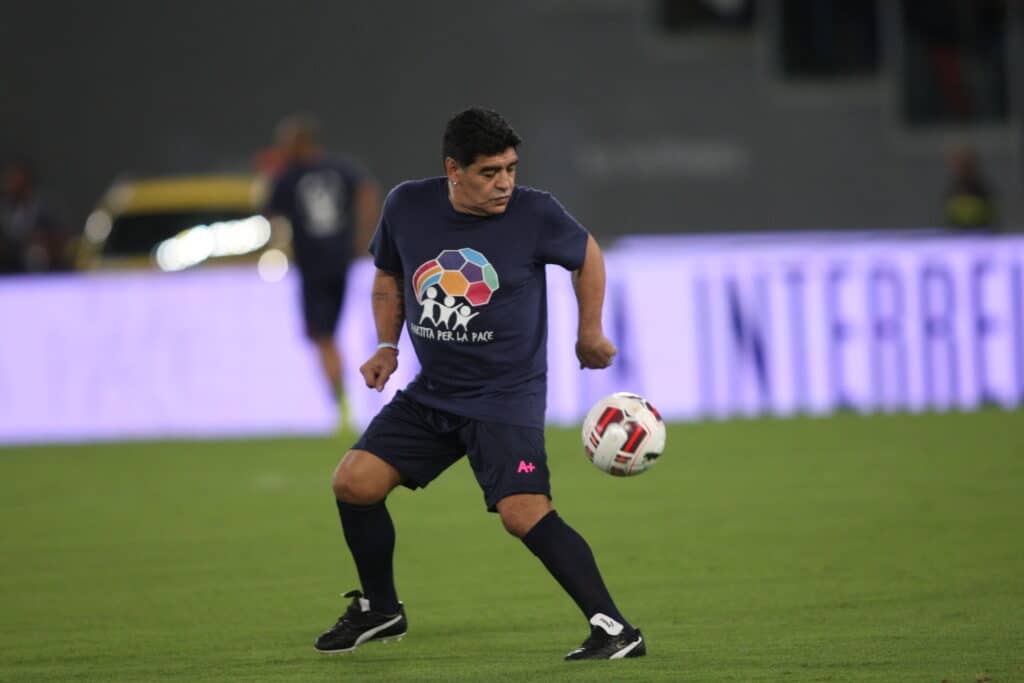
Diego Maradona 2014 still shows the sparks even after his retirement (source: Dreamstime.com)
One of the most well-known incidents involving Maradona’s downfall was his drug addiction, which he struggled with for many years. This addiction ultimately led to numerous health problems, including heart problems and liver damage.
In 2004, Maradona checked himself into a rehabilitation clinic in Buenos Aires to seek treatment for his addiction.
In addition to his drug addiction, Maradona also faced legal troubles and financial difficulties. He was involved in several lawsuits, including a dispute over unpaid taxes, and he also had financial issues related to his football clubs and other business ventures.
Maradona’s personal and professional struggles took a toll on his health, and he passed away in November 2020 at the age of 60. However, despite the controversies and setbacks he faced later in life, Maradona will always be remembered as one of the greatest football players of all time and a true legend of the sport.
Diego Maradona Frequently Asked Questions
Where is Diego Maradona from?
Diego Maradona was born in Lanús, Argentina.
How good was Diego Maradona?
Diego Maradona was one of the greatest footballers of all time. He was renowned for his incredible ball control, dribbling skills, and passing ability. He was also known for his vision, creativity, and leadership on the pitch. Maradona won numerous trophies and awards during his playing career, including the 1986 FIFA World Cup with Argentina. He was also named FIFA Player of the 20th Century in 2000, and is widely regarded as one of the greatest players of all time.
Did Diego Maradona play for Barcelona?
Yes.
Diego Maradona played for Barcelona from 1982-1984.
Did Diego Maradona play for Tottenham?
Maradona played in one unofficial match in the for Tottenham Hotspur in 1986.
Does Diego Maradona have a son?
Yes, Diego Maradona has five children. They are Diego Sinagra (born in 1986), Dalma Nerea (born in 1987), Giannina Dinorah (born in 1989), Jana Maradona (born in 1996) and Diego Fernando (born in 2013).
How many goals did Diego Maradona score?
Diego Maradona scored 345 career goals. This breakdown includes:
Club:
Argentinos Juniors: 116 goals
Boca Juniors: 38 goals
Barcelona: 38 goals
Napoli: 81 goals
Sevilla: 28 goals
Newell’s Old Boys: 11 goals
Boca Juniors: 9 goals
International:
Argentina: 34 goals
Other: Friendlies: 19 goals
Total: 345 goals
How many world cups did Diego Maradona win?
Diego Maradona won the FIFA World Cup in 1986 with Argentina.
How much is Diego Maradona worth?
Diego Maradona is worth an estimated $500 million.
He has made his money through endorsements, investments, and other business ventures.
The breakdown is as follows:
Endorsements: $200 million
Investments: $100 million
Business Ventures: $100 million
Real Estate: $100 million
How tall is Diego Maradona?
Diego Maradona was reported to be 5'5" (165 cm) tall.
